Theoretical methods of cognition are what are commonly called “cold minds.” Reason sophisticated in theoretical research. Why is that? Remember the famous phrase of Sherlock Holmes: “And from this place, please speak as detailed as possible!” At the stage of this phrase and the subsequent story by Helen Stoner, the famous detective initiates a preliminary stage - sensory (empirical) knowledge.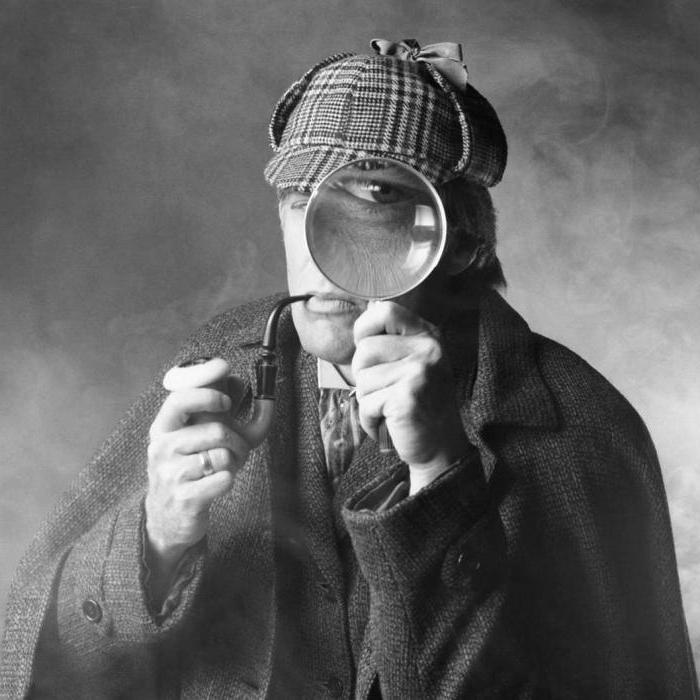
By the way, this episode gives us the basis for comparing two degrees of knowledge: only primary (empirical) and primary, along with secondary (theoretical). Conan Doyle does this with the help of the images of the two main characters.
How does a retired military doctor Watson react to a girl’s story? He fixates on the emotional stage, deciding in advance that the story of the unfortunate stepdaughter is caused by her unmotivated suspicion of her stepfather.
Two steps of the method of cognition
Helen Holmes is listening in a completely different way. He first perceives verbal information by ear. However, the empirical information obtained in this way is not the final product for him; he needs it as a raw material for subsequent intellectual processing.
Skillfully using theoretical methods of cognition in processing each particle of information received (not one of which passed his attention), the classical literary character seeks the resolution of the secret of crime. Moreover, he uses theoretical methods with brilliance, with analytical sophistication, bewitching readers. With their help, there is a search for internal hidden connections and the determination of those patterns that resolve the situation.
What is the nature of theoretical methods of cognition
We deliberately turned to a literary example. With his help, we hope that our story began not impersonally.
It should be recognized that science at its current level has become the main driving force of progress precisely thanks to its “instrumental set” - research methods. All of them, as we have already mentioned, are divided into two large groups: empirical and theoretical. A common feature of both groups is the goal - true knowledge. They differ in their approach to knowledge. At the same time, scientists practicing empirical methods are called practitioners, and theoretical - theorists.
We also note that often the results of empirical and theoretical studies do not coincide. This is the reason for the existence of two groups of methods.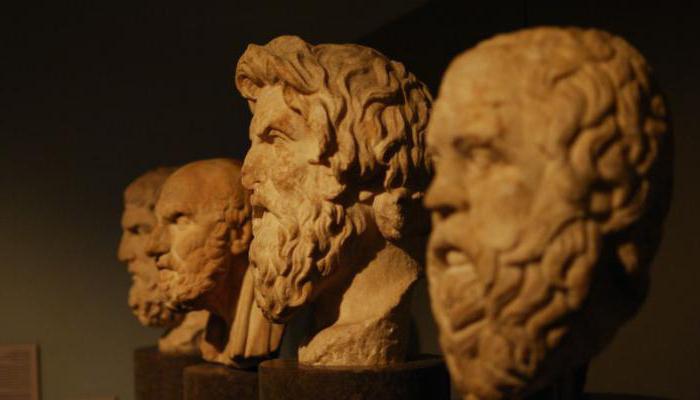
Empirical (from the Greek word "empirios" - observation) are characterized by focused, organized perception, a specific research task and subject area. In them, scientists use optimal forms of recording results.
The theoretical level of knowledge is characterized by the processing of empirical information using data formalization techniques and specific information processing techniques.
For a practitioner, the theoretical methods of knowing a scientist are of paramount importance in the ability to use creatively, as a tool, in demand by the optimal method.
Empirical and theoretical methods have common generic features:
- the fundamental role of various forms of thinking: concepts, theories, laws;
- for any of the theoretical methods, the source of primary information is empirical knowledge;
- in the future, the obtained data is subject to analytical processing using a special conceptual apparatus, information processing technology provided for them;
- the goal, due to which the theoretical methods of cognition are applied, is the synthesis of inferences and conclusions, the development of concepts and judgments as a result of which new knowledge is born.
Thus, at the initial stage of the process, the scientist receives sensory information using the methods of empirical knowledge:
- observation (passive, non-interference monitoring of phenomena and processes);
- experiment (fixing the passage of the process under artificially specified initial conditions);
- measurement (determination of the ratio of the determined parameter to the generally accepted standard);
- comparison (associative perception of one process compared to another).
Theory as a result of cognition
What feedback coordinates the methods of the theoretical and empirical level of cognition? Feedback when verifying the truth of theories. At the theoretical stage, based on the sensory information received, a key problem is formulated. To resolve it, hypotheses are compiled. The most optimal and sophisticated of them outgrow in theory.
The reliability of the theory is checked by its correspondence to objective facts (data of sensory knowledge) and scientific facts (reliable knowledge, verified many times before for truth.) For such adequacy, the selection of the optimal theoretical method of knowledge is important. It is he who must ensure the maximum correspondence of the studied fragment of objective reality and the analytical presentation of its results.
The concepts of method and theory. Their commonality and differences
Well-chosen methods provide a “moment of truth" in cognition: the development of a hypothesis into a theory. Having actualized, the general scientific methods of theoretical knowledge are filled with the necessary facts precisely in the developed theory of knowledge, becoming its integral part.
If we artificially isolate such a perfectly worked out method from an already prepared, universally accepted theory, then, having examined it separately, we will find that it has acquired new properties.
On the one hand, it is filled with special knowledge (incorporating the ideas of the current study), and on the other, it acquires common generic features with respect to homogeneous objects of study. It is in this that the dialectical correlation of the method and the theory of scientific knowledge is expressed.
The commonality of their nature is tested for relevance throughout the entire time of their existence. The first acquires the function of organizational regulation, prescribing to the scientist a formal order of manipulations to achieve the objectives of the study. Being involved by a scientist, methods of a theoretical level of knowledge take the object of study beyond the framework of the existing previous theory.
The difference between the method and theory is expressed in the fact that they represent different forms of knowledge of scientific knowledge.
If the second expresses the essence, laws of existence, conditions of development, internal connections of the studied object, the first guides the researcher, dictating to him a “road map of knowledge”: requirements, principles of subject-transforming and cognitive activity.
It can be said in another way: the theoretical methods of scientific knowledge are addressed directly to the researcher, accordingly regulating his thought process, directing the process of obtaining new knowledge in the most rational direction.
Their importance in the development of science led to the creation of its separate industry, which describes the theoretical tools of the researcher, called a methodology based on epistemological principles (epistemology - the science of cognition).
The list of theoretical methods of cognition
It is well known that the following options are related to theoretical methods of cognition:
- modeling;
- formalization;
- analysis;
- synthesis;
- abstraction;
- induction;
- deduction;
- idealization.
Of course, the qualification of a scientist is important in the practical effectiveness of each of them.A knowledgeable specialist, having analyzed the basic methods of theoretical knowledge, will choose the right one from their totality. It is he who will play a key role in the effectiveness of knowledge itself.
Simulation method example
In March 1945, under the auspices of the Ballistic Laboratory (US Armed Forces), the principles of PC operation were laid out. This was a classic example of scientific knowledge. A group of physicists, reinforced by the famous mathematician John von Neumann, participated in the studies. A native of Hungary, he was the chief analyst of this study.
The aforementioned scientist used, as a research tool, a modeling method.
Initially, all devices of the future PC — arithmetic-logical, memory, control device, input and output devices — existed verbally, in the form of axioms formulated by Neumann.
The data of empirical physical research were put into the shape of a mathematical model by a mathematician. In the future, it was she who studied the researcher, and not her prototype. Having obtained the result, Neumann “translated” it into the language of physics. By the way, the thought process demonstrated by the Hungarian made a great impression on the physicists themselves, as evidenced by their reviews.
Note that it will be more accurate to give this method the name “modeling and formalization”. It is not enough to create the model itself, it is equally important to formalize the internal relations of the object through the coding language. Indeed, this is how the computer model should be interpreted.
Today, such computer simulation, which is performed using special mathematical programs, is quite common. It finds widespread use in the economy of physics, biology, automotive, radio electronics.
Modern computer modeling
The computer simulation method involves the following steps:
- definition of the simulated object, formalization of the installation for modeling;
- scheduling computer experiments with a model;
- analysis of the results.
Distinguish between simulation and analytical modeling. Simulation and formalization are a universal tool.
Simulation displays the functioning of the system in sequential execution of a huge number of elementary operations. Analytical modeling describes the nature of the object using differential control systems having a solution that displays the ideal state of the object.
In addition to mathematical, also distinguish:
- conceptual modeling (through symbols, operations between them and languages, formal or natural);
- physical modeling (object and model - real objects or phenomena);
- structural and functional (as a model, graphs, charts, tables are used).
Abstraction
The method of abstraction helps to understand the essence of the issue under study and solve very complex problems. He allows, having discarded all secondary, to concentrate on principal details.
For example, if we turn to kinematics, then it becomes obvious that researchers use this particular method. Thus, it was initially singled out as primary, rectilinear, and uniform motion (by such abstraction, we managed to isolate the basic motion parameters: time, distance, speed.)
This method always involves some generalization.
By the way, the reverse theoretical method of cognition is called concretization. Using it to study changes in speed, the researchers came to the definition of acceleration.
Analogy
The analogy method is used to formulate fundamentally new ideas by finding analogues to phenomena or objects (in this case, analogues are both ideal and real objects that have adequate correspondence to the studied phenomena or objects.)
Well-known discoveries can be an example of the effective use of analogy.Charles Darwin, based on the evolutionary concept of the struggle for the livelihoods of the poor and the rich, created an evolutionary theory. Niels Bohr, relying on the planetary structure of the solar system, substantiated the concept of the orbital structure of the atom. J. Maxwell and F. Huygens created the theory of electromagnetic waves, using, as an analog, the theory of mechanical waves.
The analogy method becomes relevant when the following conditions are met:
- as many essential features as possible should resemble each other;
- a sufficiently large sample of known features should really be associated with a feature unknown;
- an analogy should not be interpreted as an identical resemblance;
- it is also necessary to consider the fundamental differences between the subject of study and its analogue.
Note that most often and fruitfully this method is used by economists.
Analysis - Synthesis
Analysis and synthesis find their application both in research and in ordinary mental activity.
The first is the process of mentally (most often) dividing the studied object into its components for a more complete study of each of them. However, the analysis stage is followed by the synthesis stage, when the studied components are combined together. In this case, all the properties revealed during their analysis are taken into account and then their relationships and communication methods are determined.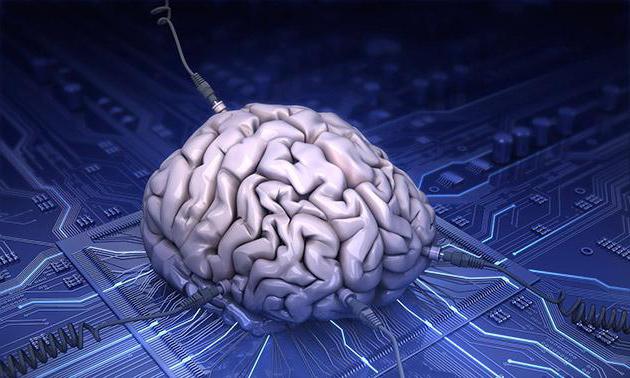
The integrated use of analysis and synthesis is characteristic of theoretical knowledge. It was these methods in their unity and opposite that the German philosopher Hegel laid the foundation for dialectics, which, in his words, "is the soul of all scientific knowledge."
Induction and deduction
When the term “analysis methods” is used, deduction and induction are most often referred to. These are logical methods.
Deduction presupposes a line of reasoning that follows from the general to the particular. It allows one to single out some consequences from the general content of the hypothesis that can be empirically substantiated. Thus, deduction is characterized by the establishment of a common connection.
Sherlock Holmes mentioned by us at the beginning of this article very clearly substantiated his deductive method in the story “The country of crimson clouds”: “Life is an endless connection of cause and effect. Therefore, we can know it by examining one link after another. ” The famous detective collected a maximum of information, choosing from the many versions the most significant.
Continuing to characterize the methods of analysis, we characterize the induction. This is a formulation of a general conclusion from a series of particulars (from particular to general.) Distinguish between full and incomplete induction. Complete induction is characterized by the development of a theory, while incomplete induction is characterized by hypotheses. The hypothesis, as you know, should be updated by proving. Only then does it become a theory. Induction, as a method of analysis, is widely used in philosophy, economics, medicine, and jurisprudence.
Idealization
Often in the theory of scientific knowledge, ideal concepts are used that do not exist in reality. Researchers endow unnatural objects with special, limiting properties, which are possible only in “limiting” cases. Examples are a direct, material point, an ideal gas. Thus, science distinguishes certain objects from the objective world that are completely amenable to scientific description, devoid of secondary properties.
The idealization method, in particular, was applied by Galileo, who noticed that if you remove all the external forces acting on the moving object, it will continue to move endlessly, rectilinearly and evenly.
Thus, idealization allows in theory to obtain a result that in reality is unattainable.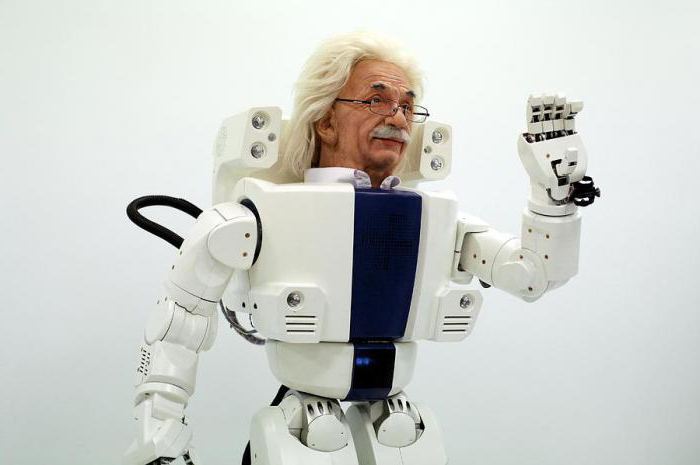
For example, in physics it is generally accepted that a force that is proportional to its mass (m) and gravity acceleration (g) acts on a freely falling body: F = mg.
However, in reality, for this case, the researcher takes into account: the height of the falling object above sea level, the latitude of the point of incidence, the effect of wind, air density, etc.
Training of methodologists as the most important task of education
Today, the role of universities in the training of specialists creatively mastering the methods of empirical and theoretical knowledge becomes apparent. Moreover, as the experience of Stanford, Harvard, Yale and Columbia Universities testifies, they play a leading role in the development of the latest technologies. Perhaps that is why their graduates are in demand in high-tech companies, the proportion of which has a constant tendency to increase.
An important role in the preparation of researchers is played by:
- flexibility of education program;
- the possibility of individual preparation for the most talented students who can become promising young scientists.
At the same time, the specialization of people who develop human knowledge in the fields of IT, engineering, manufacturing, and mathematical modeling presupposes the availability of teachers with relevant qualifications.
Conclusion
The examples of methods of theoretical knowledge mentioned in the article give a general idea of the creative work of scientists. Their activity is reduced to the formation of a scientific image of the world.
She, in a narrower, special sense, lies in the skillful use of a certain scientific method.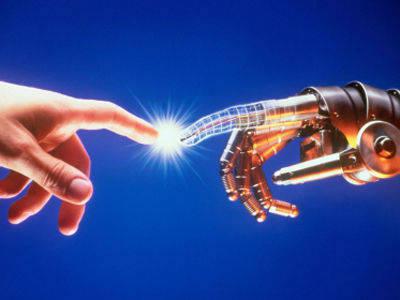 The researcher summarizes empirical verified facts, puts forward and tests scientific hypotheses, formulates a scientific theory that promotes human cognition from stating the known to the awareness of the previously unknown.
The researcher summarizes empirical verified facts, puts forward and tests scientific hypotheses, formulates a scientific theory that promotes human cognition from stating the known to the awareness of the previously unknown.
Sometimes the ability of scientists to use theoretical scientific methods is like magic. Even after centuries, no one doubts the genius of Leonardo da Vinci, Nikola Tesla, Albert Einstein.
